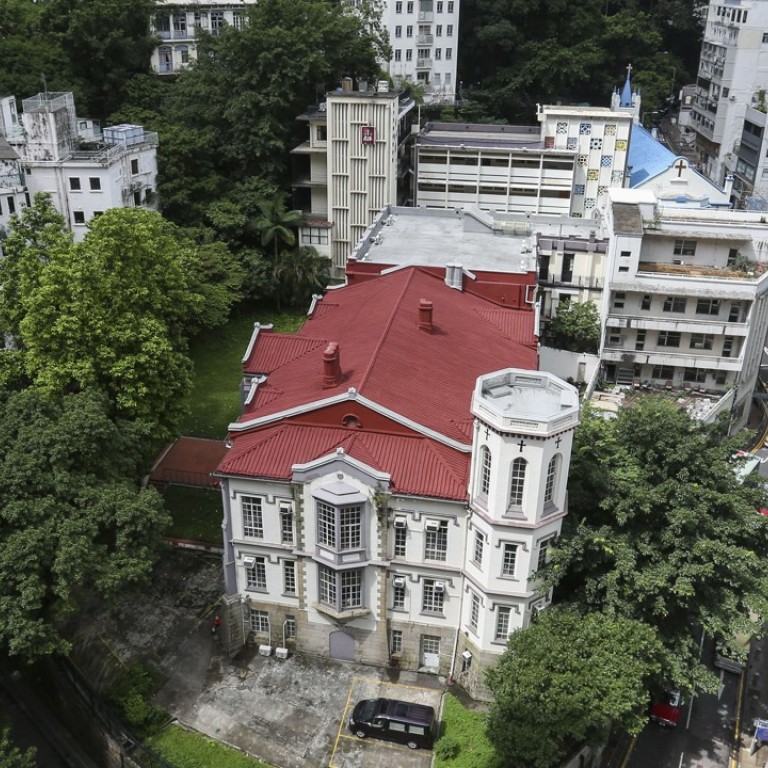
Anglican church defends high-rise hospital plan for heritage site in historic heart of Hong Kong
The Hong Kong Sheng Kung Hui – the city’s Anglican church – wants to build a 25-storey private hospital in the grounds of its historic Bishop’s House compound in Central. The priest leading the project responds to critics
A controversial plan by the Hong Kong Sheng Kung Hui – the city’s Anglican church – to build a 25-storey private hospital in the grounds of its historic Bishop’s House compound in Central district has raised suspicions the church is more interested in real estate than religion.
The Bishop’s House compound, on Lower Albert Road, is a feature of the city’s Central and Western Heritage Trail, and critics say plans for a high-rise at the site are unacceptable.
Anglican archbishop in Hong Kong defends multimillion-dollar flat
The Sheng Kung Hui has been an integral part of the Hong Kong establishment for 170 years. The Reverend Vincent Stanton was appointed Colonial Chaplain in 1843; it founded St John’s Cathedral in 1849; and the church opened a school, St Paul’s College, in 1851.
With about 40,000 followers, the church is powerful and well connected. It is the only body in Hong Kong other than the government that owns land on a freehold rather than a leasehold basis – at St John’s Cathedral. The Bishop’s House site is held under a 999-year lease granted by Britain’s Queen Victoria in 1853.
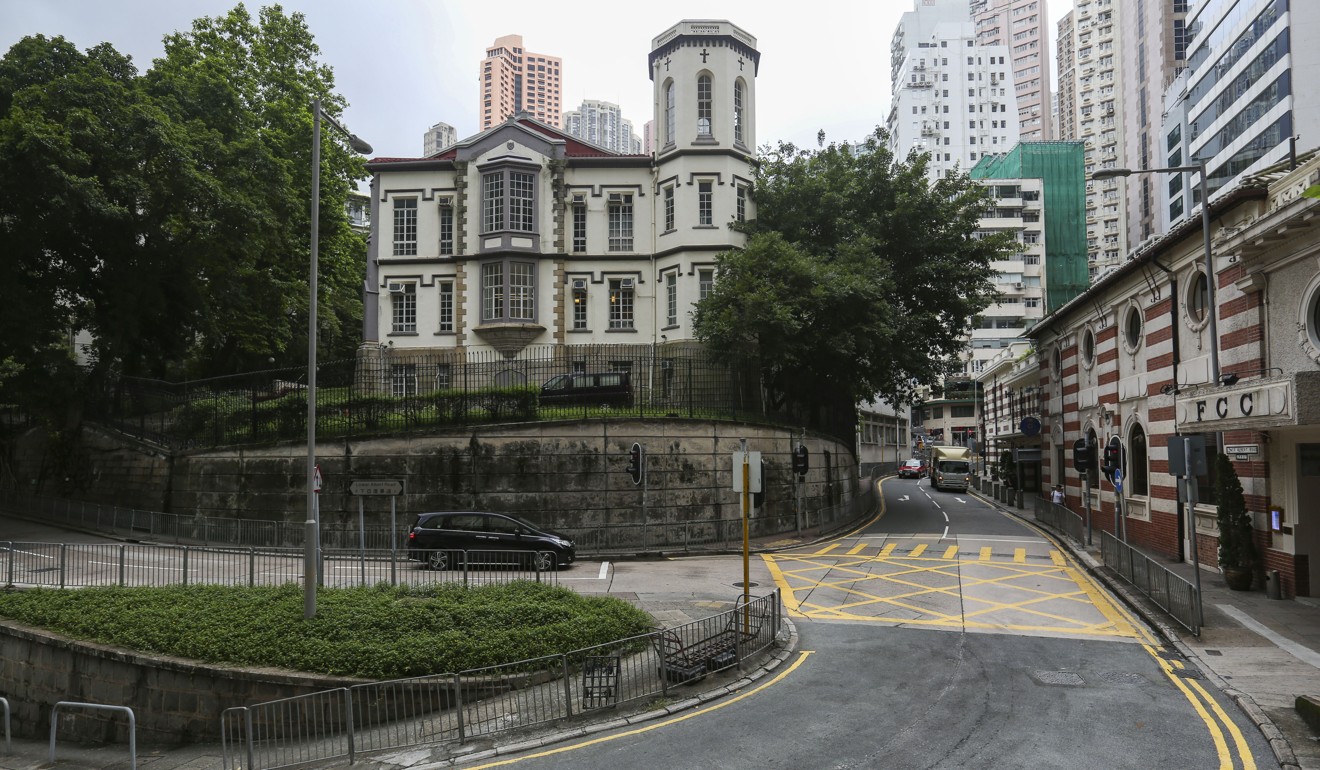
According to the church, it administers 133 Anglican schools and is the third-largest provider of social welfare services in Hong Kong. Its critics, however, argue that at the heart of its operations is real estate.
The plan for a high-rise hospital was revealed in February 2017, more than four years after the church forced the closure on the same site of the seven-storey Hong Kong Central Hospital in September 2012. Residents of two adjacent residential blocks, Ridley House and Alford House, among them many church employees, were evicted and these buildings have also remained empty.
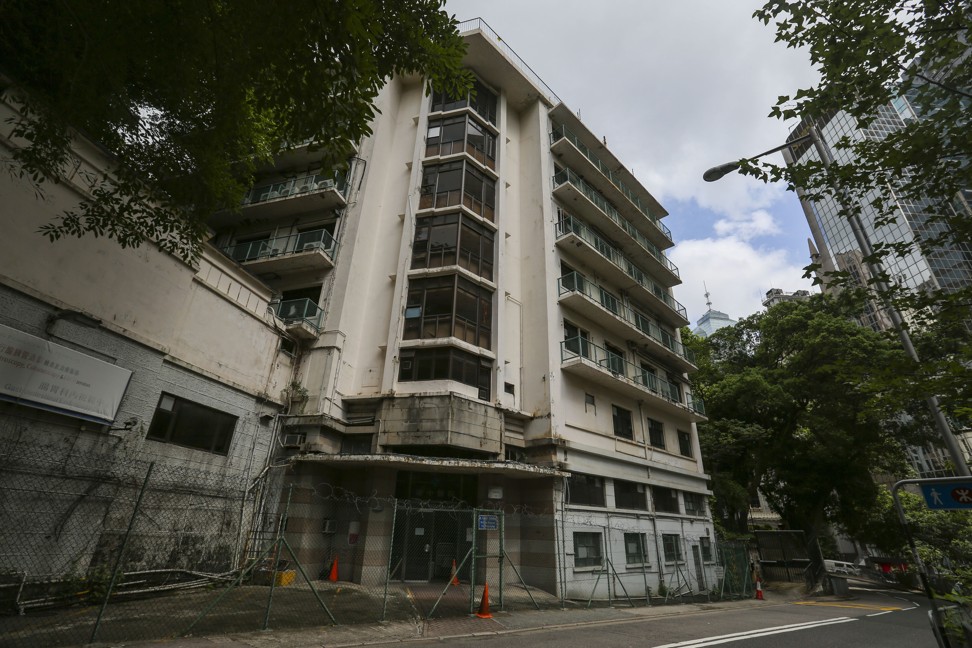
The driving force behind the church’s property projects is Canon Peter Koon Ho-ming, provincial secretary general of the Hong Kong Sheng Kung Hui.
“Before my ordination, I was a real estate developer in Shanghai … now I develop the Kingdom of God,” says Koon. He explained that the church sought the closure of the former hospital because a large number of abortions were carried out there, and this was unacceptable.
“If the abortion is not necessary on purely medical reasons, we object,” he says. In Hong Kong, abortion is legal up to 24 weeks if continuing a pregnancy would involve risk to the life, physical or mental health of the pregnant woman greater than if the pregnancy were terminated, or if the child to be born would be severely handicapped as a result of physical or mental abnormality.
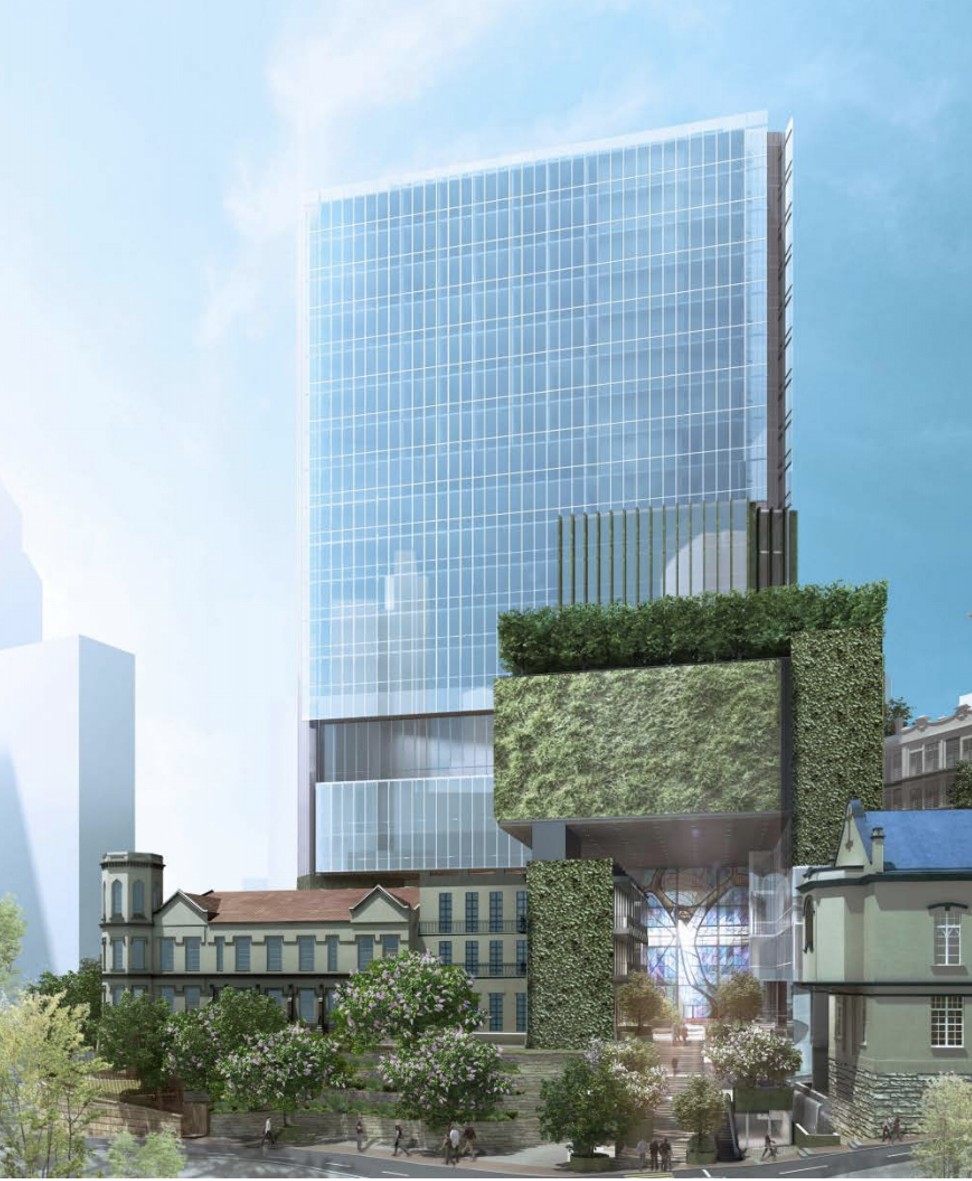
The proposed high-rise hospital would have a gross floor area of 46,659 square metres. There would be 90 car-parking spaces, 293 beds and 12 operating theatres. It would tower over four graded historic buildings within the compound: Bishop’s House, St Paul’s Church, the Church Guest House (all grade one listed) and an old primary school (grade two listed).
Under the development plan, the first three would be preserved, but only the facades of the former school retained, according to the website of the government’s Development Bureau. (Grade-one listed buildings are those deeemed of outstanding merit and in respect of which every effort should be made to preserve them if possible; grade-two listed buildings are those deemed of special merit, and efforts should be made to selectively preserve them.)
Before my ordination, I was a real estate developer in Shanghai … now I develop the Kingdom of God
Opponents of the hospital plan say the church’s proposal lacks detail, and the development would not be compatible with the surrounding heritage sites. It would also cause gridlock in an already overloaded local road network, they have said.
“I don’t know what their motivation is; they haven’t told us anything. Is it greed?” asks John Batten, of the Central and Western Concern Group, one of the organisations opposing the development. The Sheng Kung Hui is adamant the private hospital would serve a public need.
“The church just wants to do something good for society – there is a lot of misunderstanding,” Koon says.
In December last year, the Government Hill Concern Group – a body comprising 21 NGOs plus independent professionals, academics and concerned individuals set up to preserve the historic administrative compound in Central – filed a planning application with the Town Planning Board to emphasise the historical significance of the site, which is zoned for government, institutional or community use. The application sought to restrict the height and footprint of the new development.
In June, Koon and other church leaders met Civic Party lawmaker Tanya Chan Suk-chong in response to an official Legislative Council complaint filed by the party.
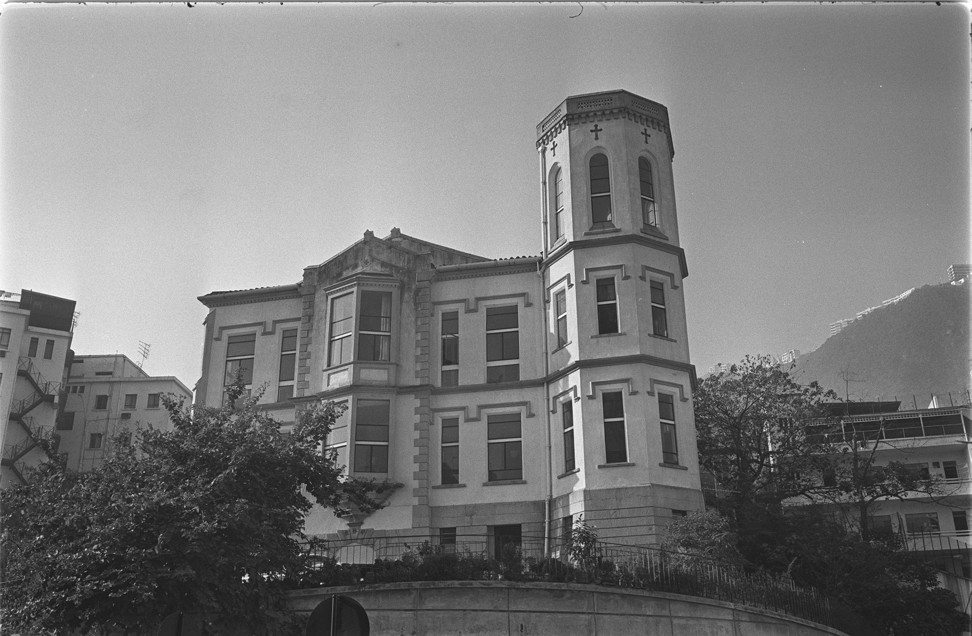
Koon says the church has been taking different viewpoints into consideration and has “agreed not to demolish the four historic buildings”. He also says the church would run the hospital, though critics including Batten say it has no experience in managing a large private hospital and suspect it might be purely a money-making operation.
“I am confident we can run it,” Koon says. It would operate on a not-for-profit basis and, subject to funding, subsidies would be sought for patients who cannot afford treatment, he says.
“A lot of our parishioners have a lot of expertise, like Dr Donald Li [Kwok-tung, president-elect of the World Organisation of Family Doctors],” Koon says.
Hong Kong’s Anglican church distances itself from liberal-leaning divinity school
The budget for the project has not been finalised, but the construction cost is estimated at between HK$2 billion (US$255 million) and HK$3 billion. Leasing equipment and the first six months of hospital operations would cost a further HK$1 billion to HK$2 billion.
Koon says funding is not yet in place, but most of the budget will be met through individual family donations and loans.
According to Koon, a personal intervention from Hong Kong Chief Executive Carrie Lam Cheng Yuet-ngor in 2013 – when she was head of the civil service – was instrumental in the church changing its plan from one for a smaller-scale medical centre to a fully fledged hospital during negotiations with government departments for various approvals.
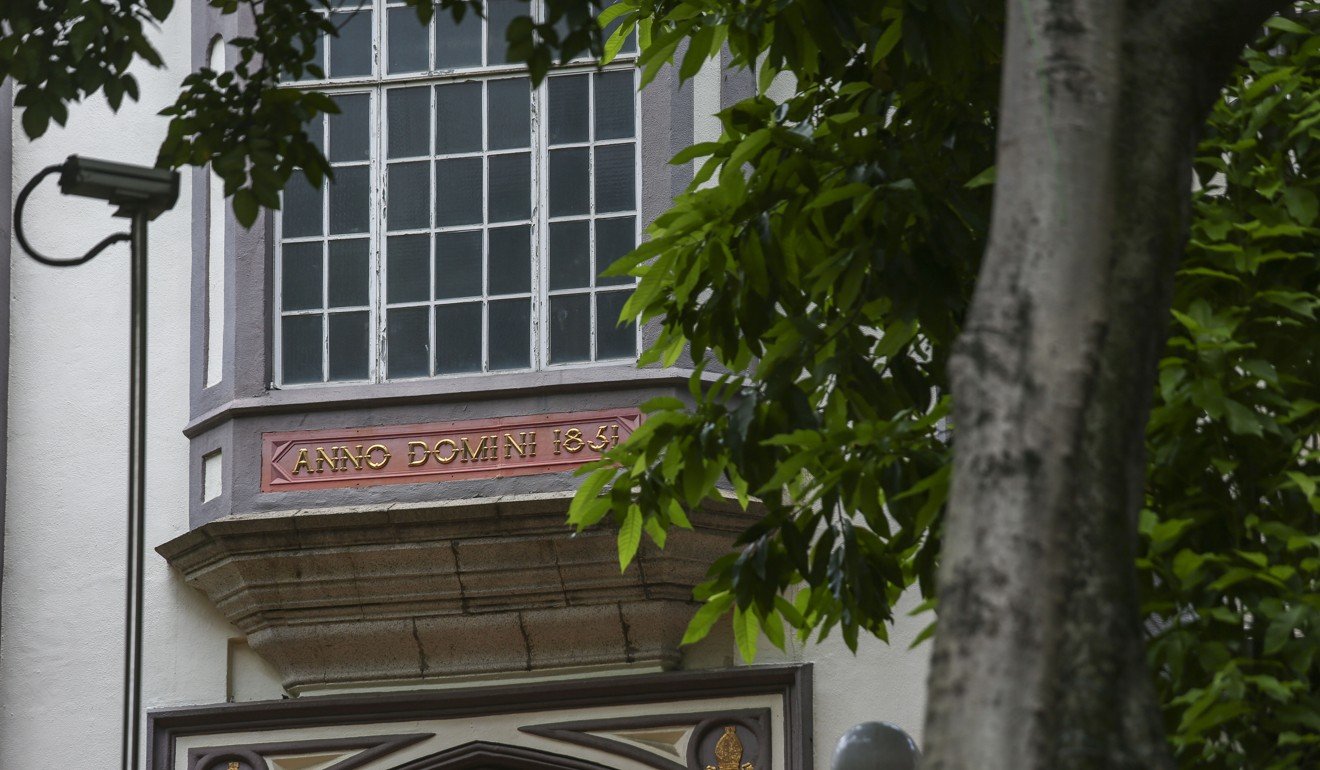
“We talked to Carrie and she said, ‘Why not just build a hospital, it will be easier,’” Koon says. The government suggested building a hospital with at least 274 beds for “economies of scale”, he adds.
The possibility that informal deals took place behind the scenes between the Sheng Kung Hui and senior government figures has infuriated critics of the hospital plan.
“If that is true, the project is based on pure whimsy. Where is the public debate, the planning process and transparency for this major infrastructure project?” Batten says.
The redevelopment, which Koon hopes will be approved next year, is not the only property deal by the church to have raised eyebrows. Research into Land Registry records undertaken by concern group Liber Research reveals that, since April 2006, Sheng Kung Hui has bought 33 private properties valued at HK$442.2 million.

Koon declines to reveal the value of the church’s property portfolio and is unapologetic about the rash of deals concluded over the past decade or so. He says they were private residential purchases needed to rehouse staff when the church struck another real estate deal, with CSI Properties Limited.
Anglican church buys 12 luxury flats to accommodate staff
The Hong Kong stock exchange-listed property investor and developer also acquired part of the Glenealy Building in Central from St Paul’s Church, and is currently redeveloping it into a larger upmarket residential block.
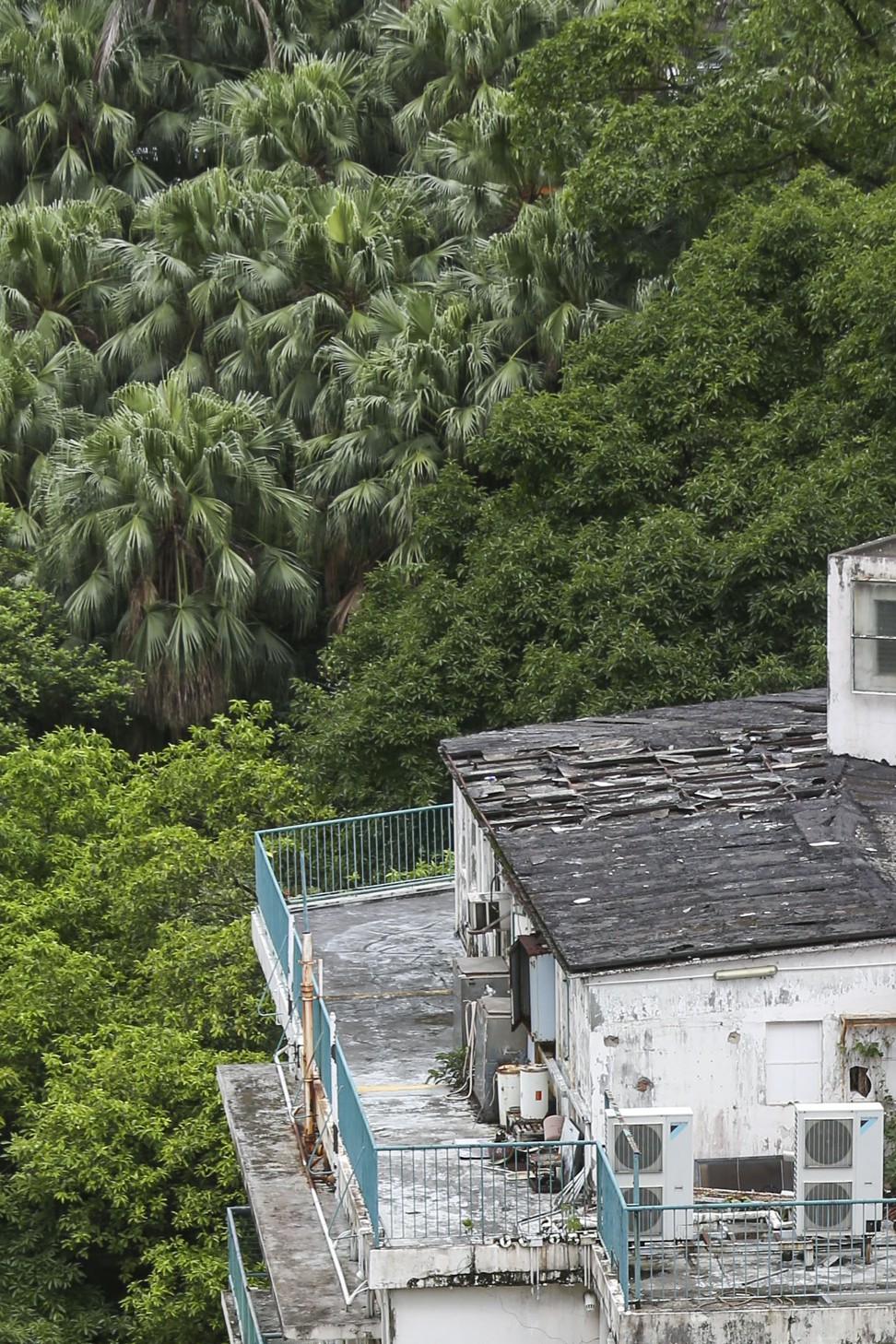
“We didn’t want to be naughty or want a huge amount – we just asked for market price plus the 30 per cent tax we would be liable to pay,” explains Koon.
Where is the public debate, the planning process and transparency for this major infrastructure project?
The notion nevertheless persists that Sheng Kung Hui is intimate with key government figures and big property developers.
“The scandal of the Cheung Kong court case really does make you question the motivation of the Anglican church,” says Batten, referring to a protracted court battle between the Church Body of the Hong Kong Sheng Kung Hui and the Commissioner of Inland Revenue.
The legal battle centres on a HK$180 million tax bill presented to the church by the Inland Revenue Department for profits made on a deal undertaken with one of Hong Kong’s biggest property developers.

According to reports, development of a plot of church land in a deal with Cheung Kong (now CK Asset Holdings) was completed in 1998. Between then and 2006, the church sold its share of the units, earning a profit of HK$1.119 billion.
When the Inland Revenue subsequently sent the church a tax bill, it mounted a legal challenge on the grounds that dates stated in the claim for when it changed its intentions regarding the development from capital investment to trade in property were incorrect.
The case went all the way to the Court of Final Appeal, which dismissed the case against the church on February 4, 2016. To date, the church has – perfectly in accordance with the law – paid no tax on the profits from that deal.
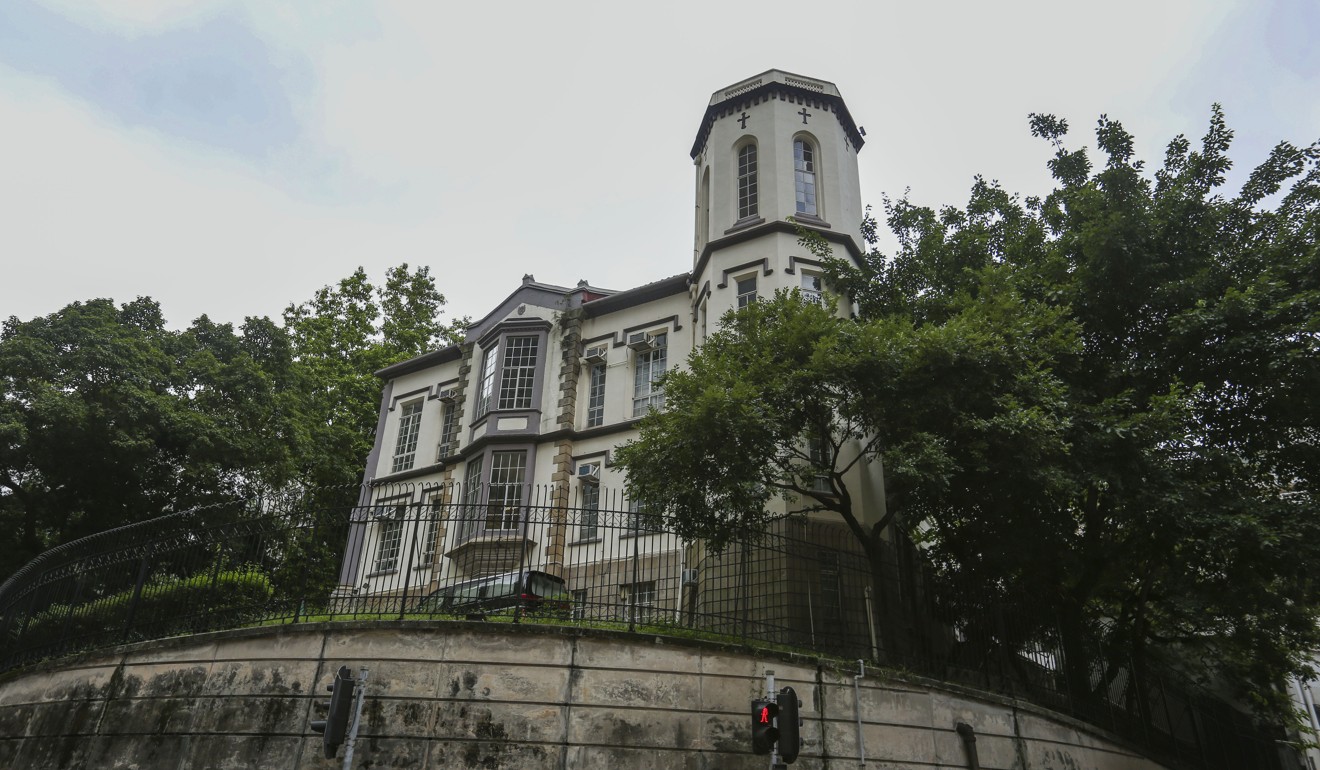
“The only thing we could do as a church was enhance our value,” says Koon of the deal with Cheung Kong to redevelop the site of the St Christopher’s children’s home. He says the issue dated back “twenty-something years” and the project arose from the government’s childcare policy switched from one focused on residential care to foster care.
Anglican church disputes HK$180m profits tax bill
It may be an old case, but according to the Inland Revenue Department’s website, as of June 30, 2018, it was “not yet finalised”.
Koon thinks it unfair that so much attention focuses on the property deals of the Sheng Kung Hui and not its ministry. “The Roman Catholic and other churches have done a lot of property deals and no one mentions it,” he says.

